Now You Know:
The History behind Michelin Star Ratings
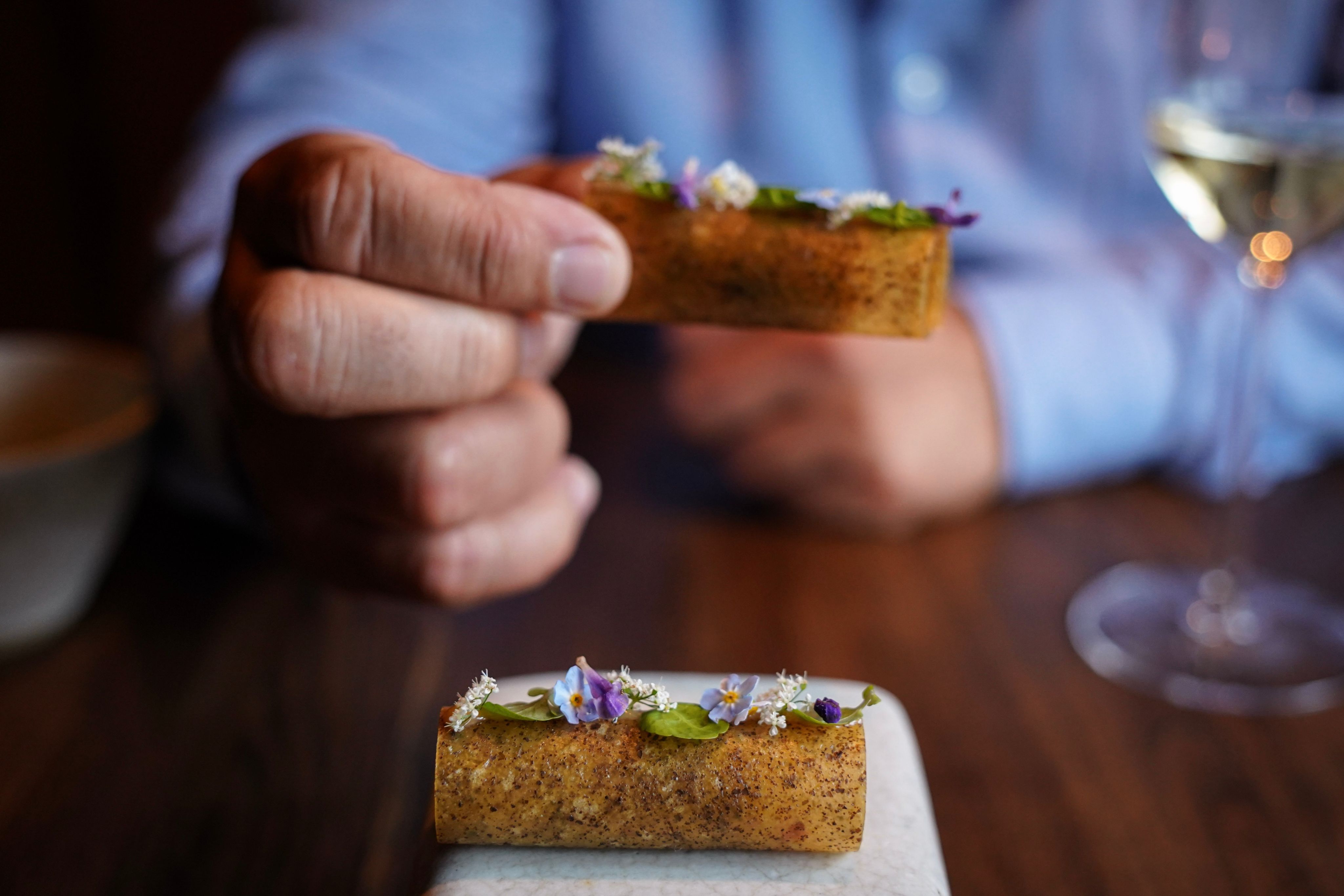
As food and foodie culture become a major part of our social psyche, there comes a time when questions are asked, including “How DO we rate our food?” and “Who came up with a rating system anyway?” Allow us to shed some light on the situation…
How It Started...
So, to start with, initially there wasn’t really a rating system beyond a bunch of people yelling “My hometown does this food better!” “No, MY hometown DOES!” (Hmmm…sounds familiar)- with the general consensus being: anything non-local or unfamiliar was “exotic cuisine”. And then…cars were invented.
(Yes yes, we know this may seem off topic. After all, what does the invention of cars have to do with food ratings??? Give us a minute and we’ll get to it. )
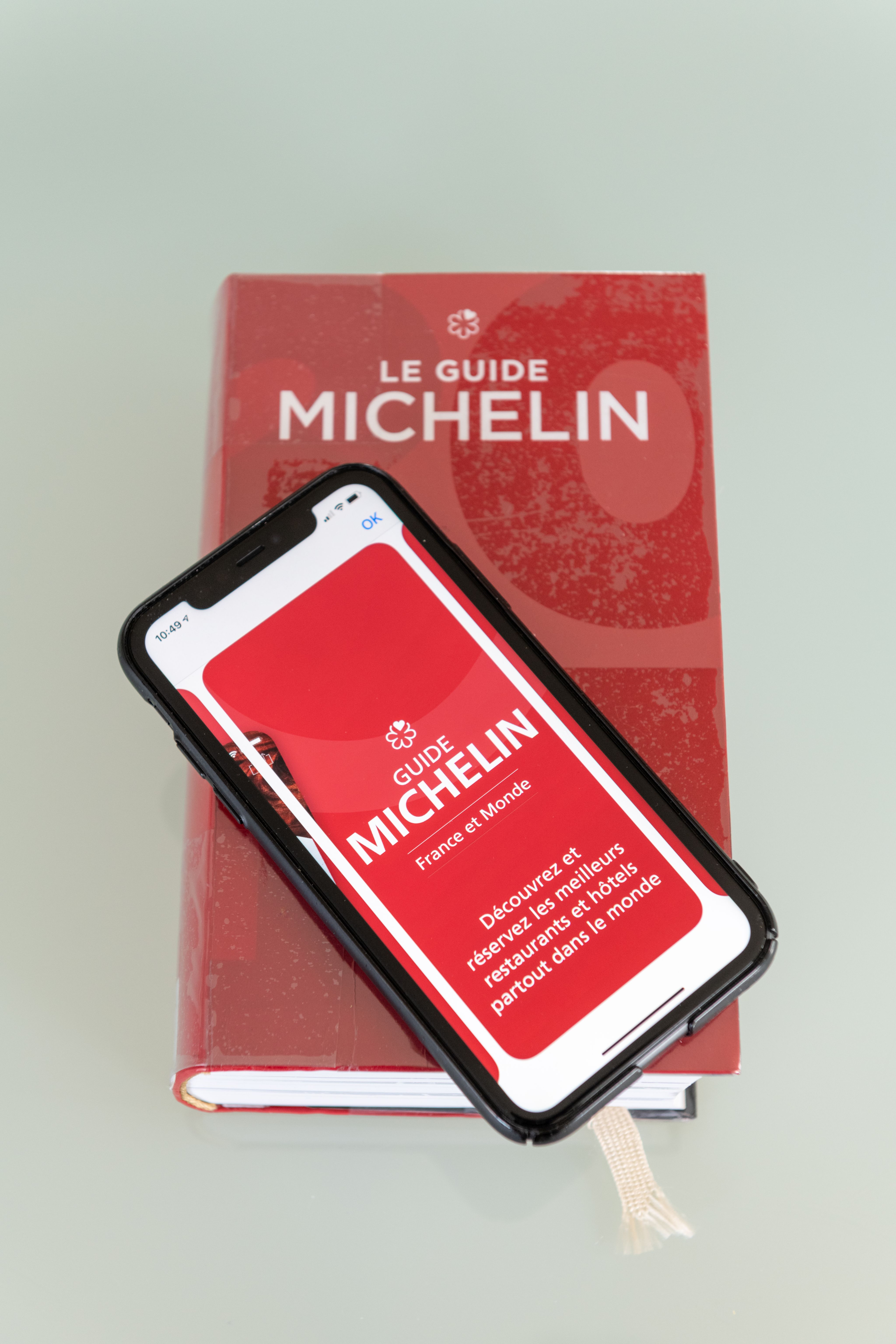
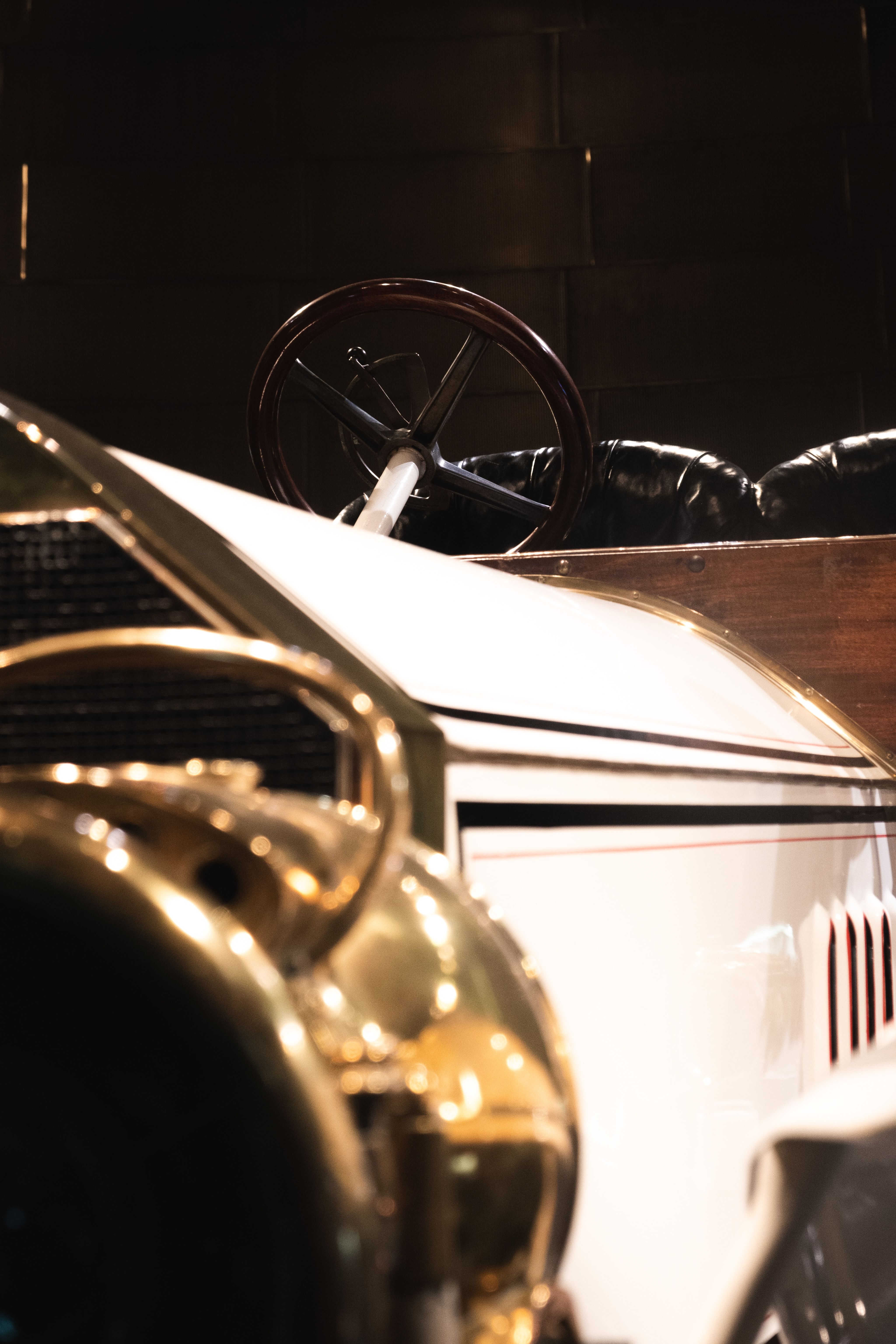
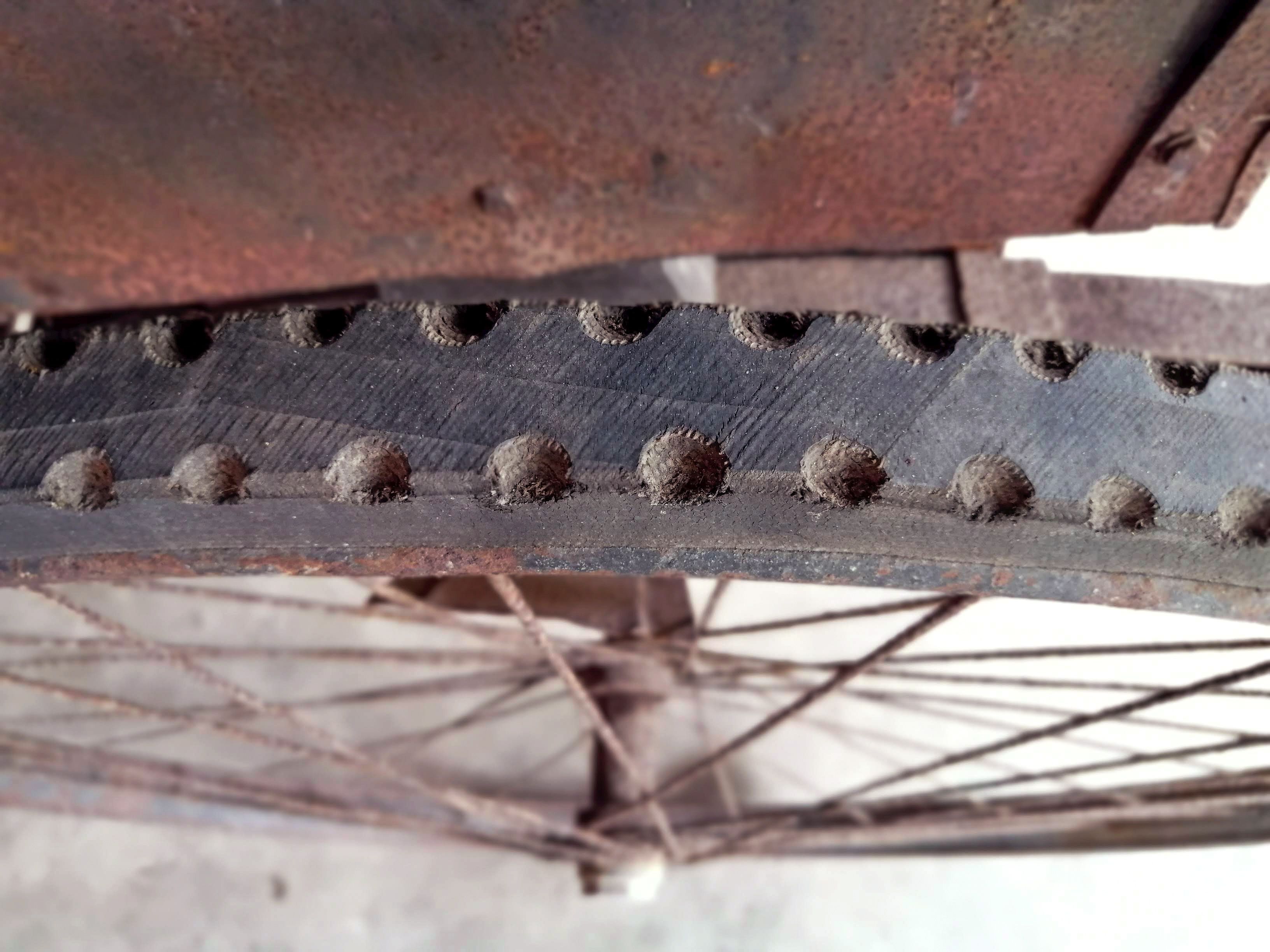
A general consensus is that 1886, the year Carl Benz (yes, that Benz) patented his Benz Patent-Motorwagen, is the birth year of the car. However, as of 1900, cars were still in low demand, and in France, where our story begins, there were only a few hundred cars in use. The limited demand posed a problem for suppliers of cars- and of car parts.
A pair of enterprising brothers decided that something needed to be done, to create a demand for cars (and by extensions, the car parts they supplied): Andre Michelin, founder of Michelin Tires, and his brother, Edouard Michelin. Together, they compiled information on travel routes, maps and lists of restaurants, hotels, mechanics, and gas stations along popular travel routes in France- creating the first ever Michelin Guide. With the first 350,000 copies handed out for free, the Michelin Guide expanded rapidly to cover Northern Africa and all of Europe within its first decade of existence.
What Came Next...
Following a brief pause during the First World War, the production of the guide got back on track in 1920, following which the Michelin brothers decided that it was time to up the ante. While the previous guide contained advertising and was free of charge, the new version was advertisement free-and you needed to pay to get a copy.
Realising that dining establishments were becoming a draw for motorists, they also expanded their restaurant listings. A team of (anonymous) restaurant inspectors were hired, and in 1926, the first Michelin star was awarded to 46 restaurants in France- highlighting them as fine dining establishments. In 1931, the Michelin guide introduced a 3-star hierarchy, with the descriptions as follows:
- 1 Star: A very good restaurant in its category.
- 2 Stars: Excellent cooking, worth a detour.
- 3 Stars: Exceptional cuisine, worth a special journey.
Following a brief hiatus in World War 2 (and corresponding adjustments for quality and the needs of the time), the Guide resumed, with a new qualification, the Bib Gourmand, introduced in 1955 to recognise high-quality fare served at modest prices- customised by region, and designed to cater to diners who wanted to enjoy quality food without breaking the bank.
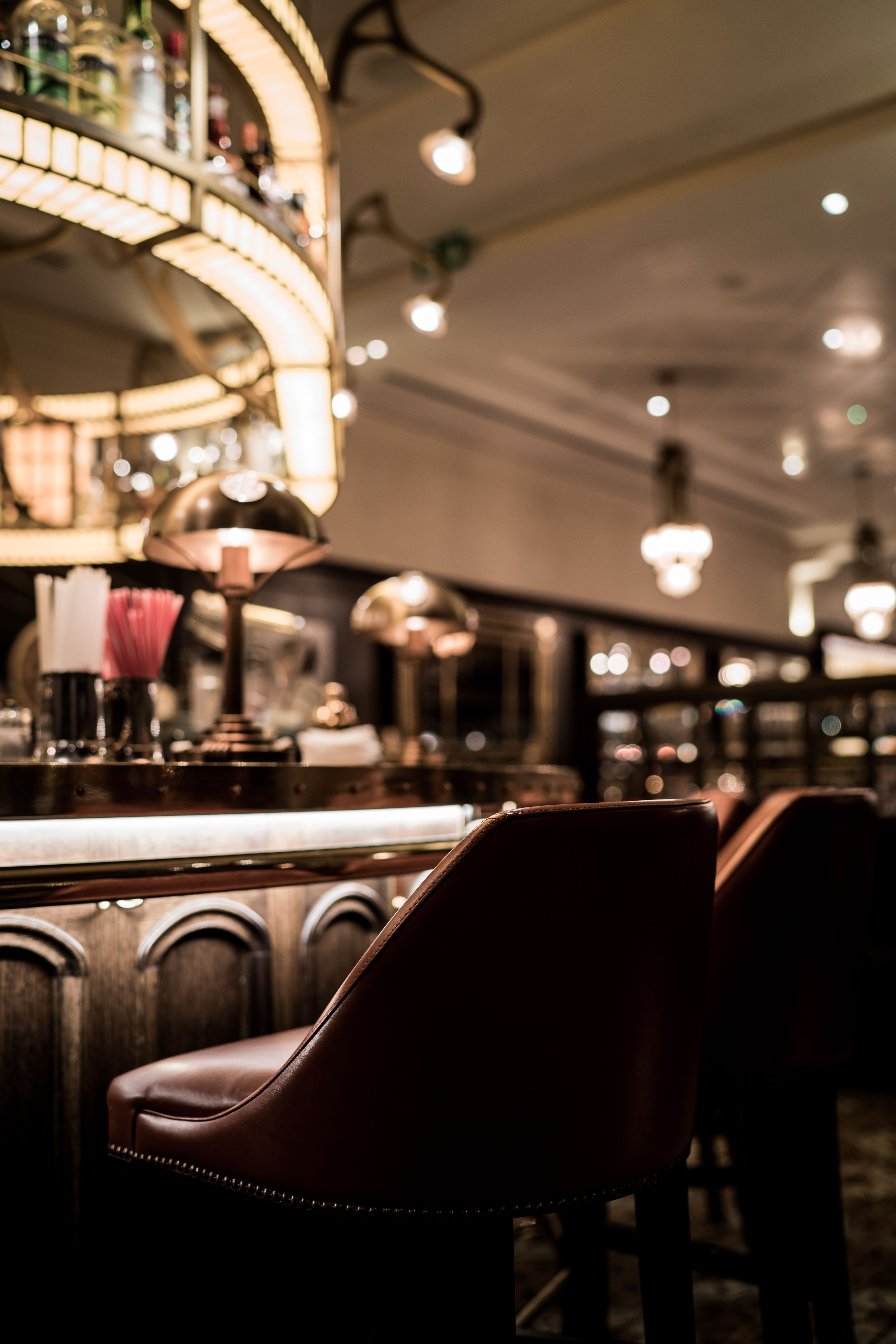
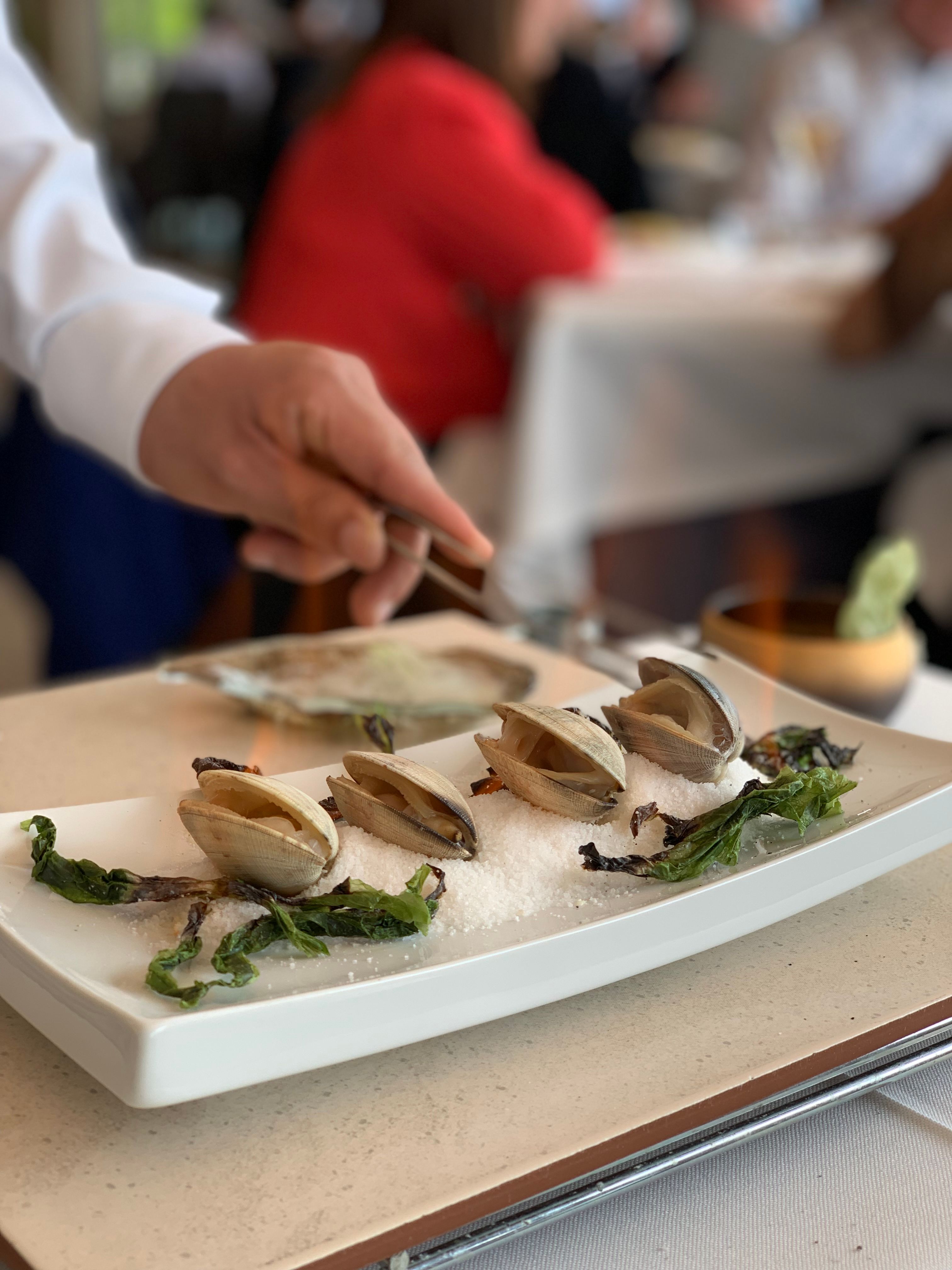
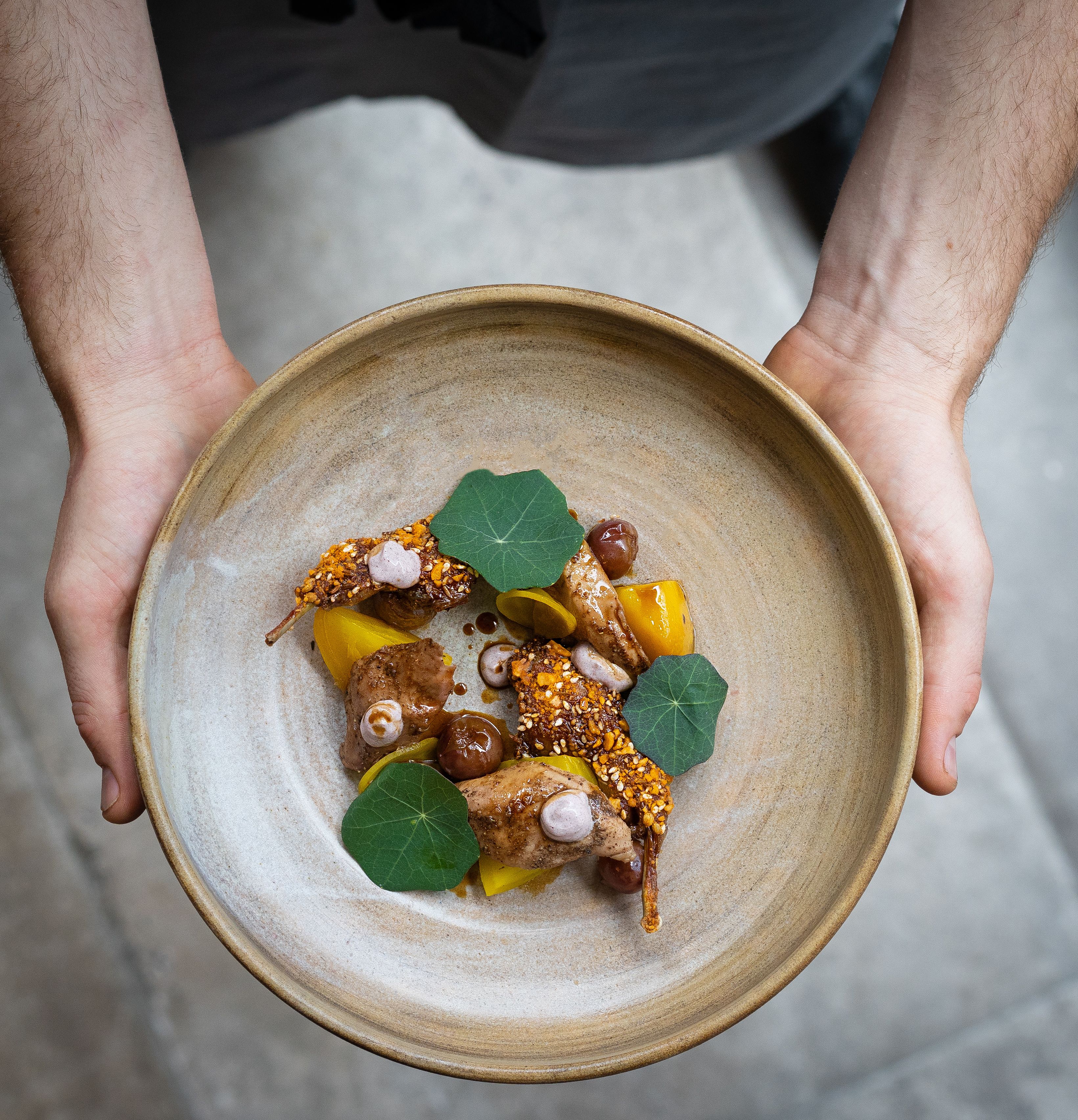
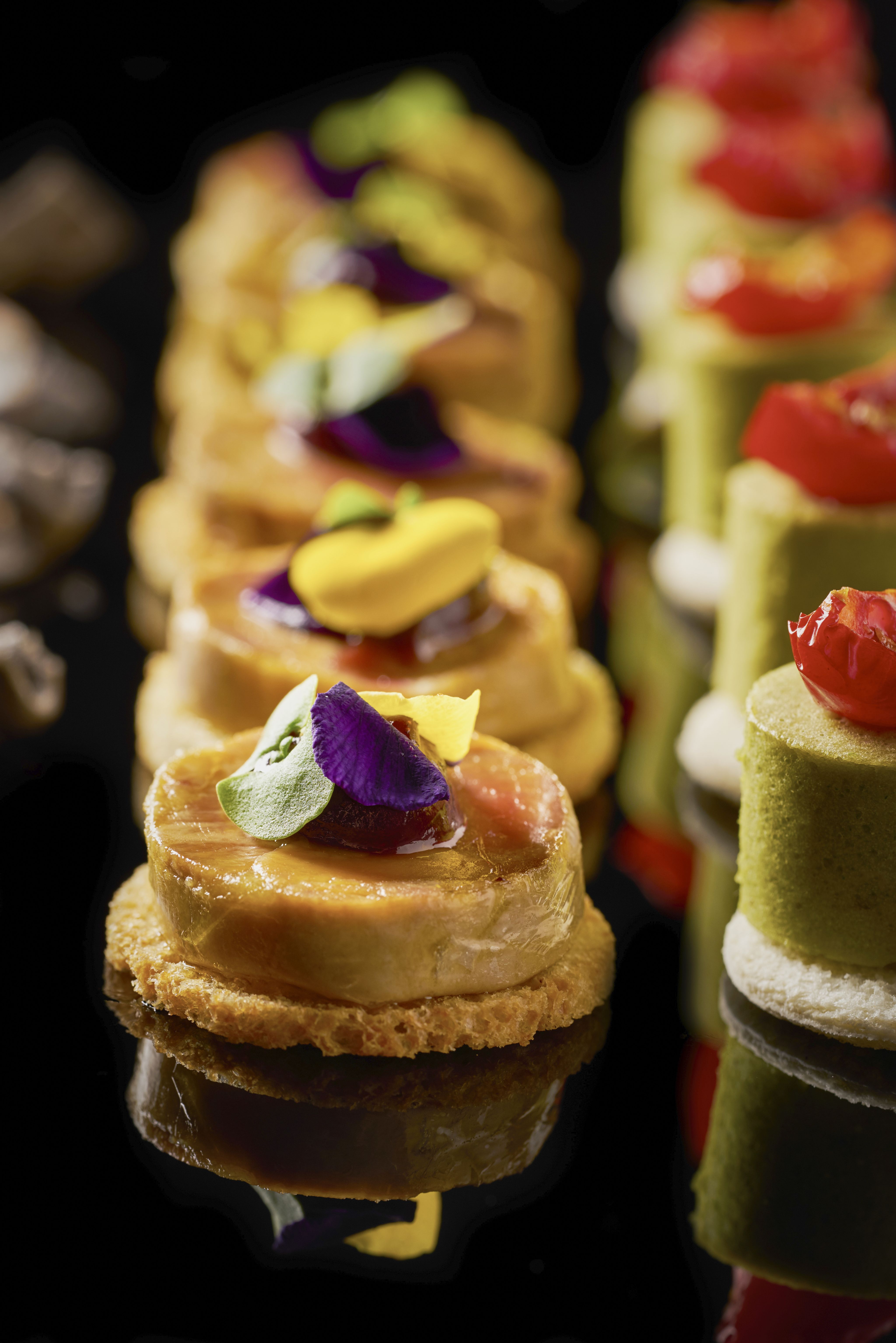
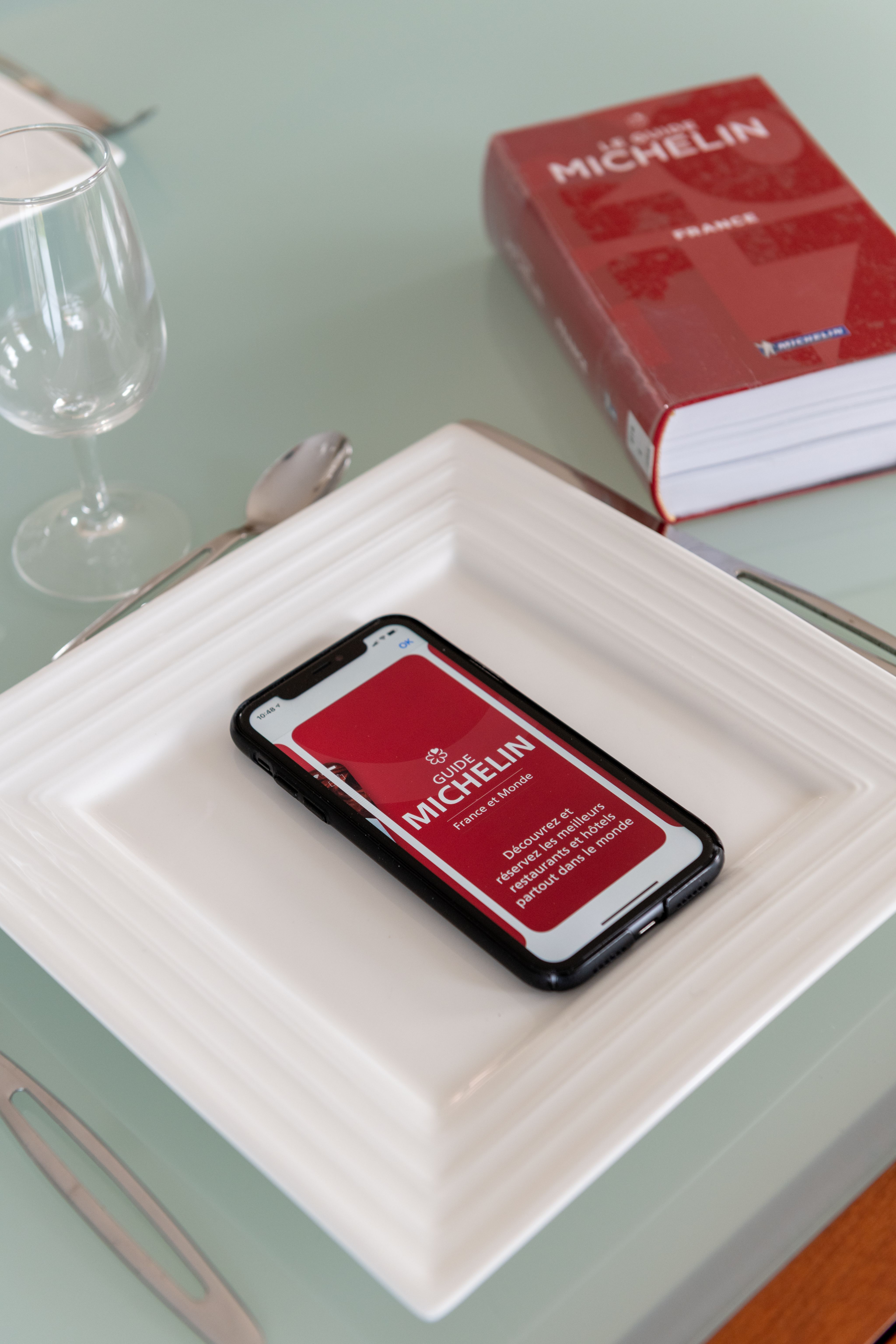
How It's Going...
Currently, earning a Michelin star is a symbol a majority of restauranteurs aspire to achieve-considering the resultant prestige, and increase in exposure and business. However, its extreme standards and expectations have resulted in a counter–movement where chefs either refuse, or demand the removal of their Michelin stars, arguing that it stifles their creativity in the kitchen, and adds on to a burden in an already taxing job.
This, however, has not changed the fact that the Michelin Star continues to be an iconic industrial marker of the culinary arts- with some insisting that its authenticity makes it the only rating which matters.
And so it goes that over a 100 years since its creation, the Michelin Guide remains a key authority in the culinary scene.